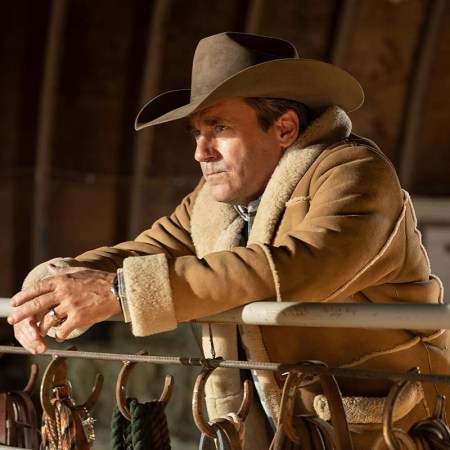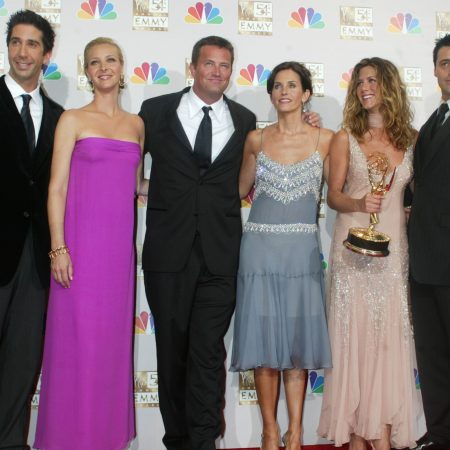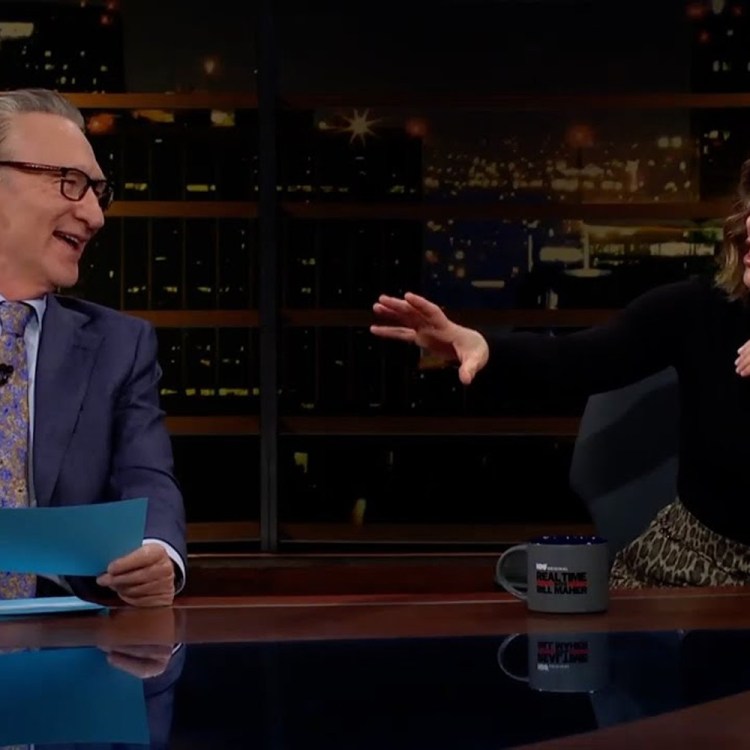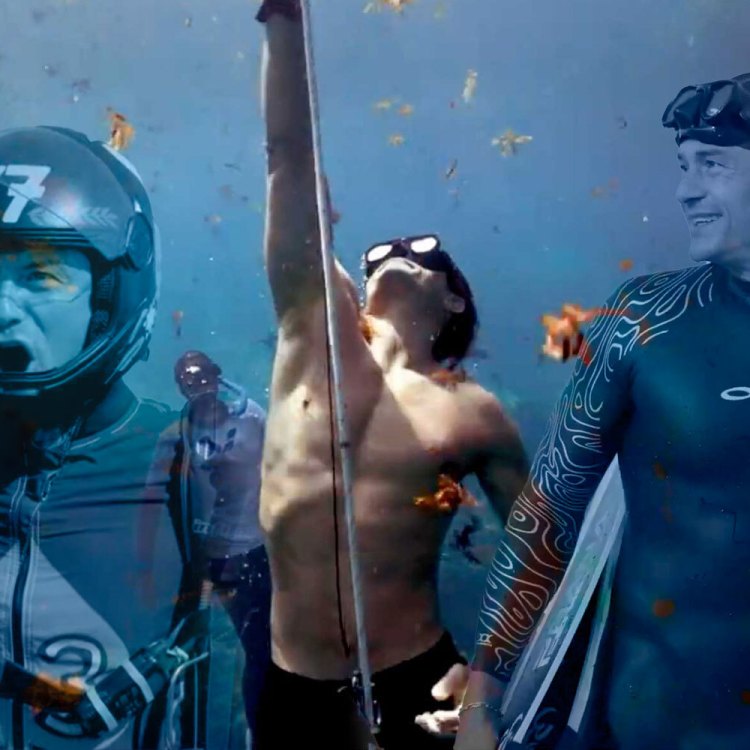“He carefully crafted a huge, expansive set, and then they just tore it down.
Seth Reed created nearly 12 acres of buildings and streets right in the heart Texas, all to convene a historically accurate Baghdad for the combat series Long Road Home.
The narrative tells the story of the First Cavalry Division from Fort Hood as they were ferociously ambushed in Sadr City, Baghdad – a day that later came to be known as “Black Sunday.” Based on Martha Raddatz’s best-selling book, the series chronicles the soldiers’ heroic fight for survival, as well as their families’ agonizing wain on the home front back in Texas.
An architect turned film and television production designer, Reed says that the key to accuracy in creating and producing a realistic world is to do the necessary background work. “To get oriented to the material, I do a lot of reading and research. On any show, the designer starts by accumulating as much information about the subject as they can. It sounds like a basic step, but it’s incredibly necessary.”
For this series, Reed revealed that he had another unique resource. “During the Iraq war, there was a lot of photography. This war was extremely well documented. It was, I think, the first time that a lot of soldiers really had cameras with them. They had a very early version of digital cameras so there are a lot of on-the-ground photos to reference.”
Some of Reed’s other work includes the CW’s Supergirl, Hulu’s Shut Eye, and Cosmos: A Spacetime Odyssey, starring Neil deGrasse Tyson.
For the uninitiated, Reed explains that the production designer is part of a creative trio that includes the cinematographer and the director. “They’re really the person who creates a live image of what’s going to happen on the show. That’s especially important in the beginning because that’s how we all understand what the show is going to look like going forward.”
Talking specifically about the massive Long Road Home sets, Reed says, “We had streets that covered about a 3/5ths of a mile with buildings on both sides. We built 85 structures and modified another 38. To say we built a lot of stuff is kind of an understatement.”
Upon first cracking open the script for the series, Reed had what he describes as a ‘Holy Cow’ moment. “Yeah, I thought, ‘I’m going to be building what? Where am I building this, and in what time frame?’ This is what designers go through. You get a little crushed when you see these giant things ahead of you. But, what you do is you just have to wade in and go and you make it happen.”
Although his training as an architect is essential to the work he’s doing on set now, Reed says that there are some differences in the process, explaining, “Psychologically, in architecture, you’re trained to build things that will last, things that have structure. You’re taught to create something that’s great for society. When you switch to film, you’re still creating something permanent but it’s only permanent on film. There’s no longer an actual structure that’s built to last, but there’s still a tremendous opportunity to make a meaningful contribution to society with the story that you’re telling.”
Using design to tell that story is one of the most important things he does, says Reed. “The single largest factor in any show or movie is the suspension of disbelief. So, the set has to provide a convincing environment that supports the script and the story. We turn the words of the script into an actual visual story for the audience. That’s our number one goal.”
For Reed, there’s a moment on every project that stands out to him. “On A Long Road Home, bringing a Gold Star family through the street that we created and showing them this environment was pretty moving. Having them say, ‘oh my gosh, this is what it was like where my husband was.’ You can’t ask for anything more satisfying and real than that.”
Working on the series wasn’t all joyful, admitted Reed. There were a few down moments as he tells of a complicated day on location. “We built a set on this street and the visual effects guys came along and said they were going to blow a lot of it up, so we had to go back and redo a lot of stuff. You try your best to avoid things like that, but they happen.”
Reed acknowledges that every project has issues, that it’s just part of the job. “On every show you reach a breaking point because you design an amazing set but then the producers tell you that you can’t afford it so you have to things get cut away. You’re fighting, hanging on by your fingernails, but then you just figure out how to make it all work. In this respect, it’s a lot like every job out there – you have frustrations about things but in the end, you just make it all work somehow and you feel good about getting the end result.”
Aside from these minor annoyances, Reed loves a lot of things about his chosen career, saying, “The best part is that every job is different. I can work in all these different genres that I love, like sci-fi and scripted reality or science and history and every show has a different angle to it. I get to do Shut Eye which is about gypsy Americans, and I get to do Cosmos with Neil deGrasse Tyson in the Ship of the Imagination and I just love them all and, though all of it, I get to learn so, so much.”
There is an inevitable sadness at the end of most projects for Reed as many of the sets he’s so painstakingly built are actually torn down when the production wraps. “It hurts terribly. terribly when it’s destroyed, especially after all that work,” he says. “It’s always a little heartbreaking to destroy that little bit of another world that you created.” He revealed that he does one thing to ease that pain a bit. “I take a piece of each set with me, kind of to prove that I did it. In my office, I have fragments of different sets and that makes me feel better.”
It’s all worth it in the end believes Reed, because, as he says, “There is this moment on every project when you’re standing there just before the cameras are about to roll for the first time and you realize how amazing it is — this thing that you built — that people are going to see that brings them into this unique world and tells this compelling story. That’s very satisfying. That’s what keeps me doing this.”
‘The Long Road Home’ airs at 10/9c on Nat Geo. Episodes can also be streamed via at Nat Geo’s website.
This article was featured in the InsideHook newsletter. Sign up now.
























